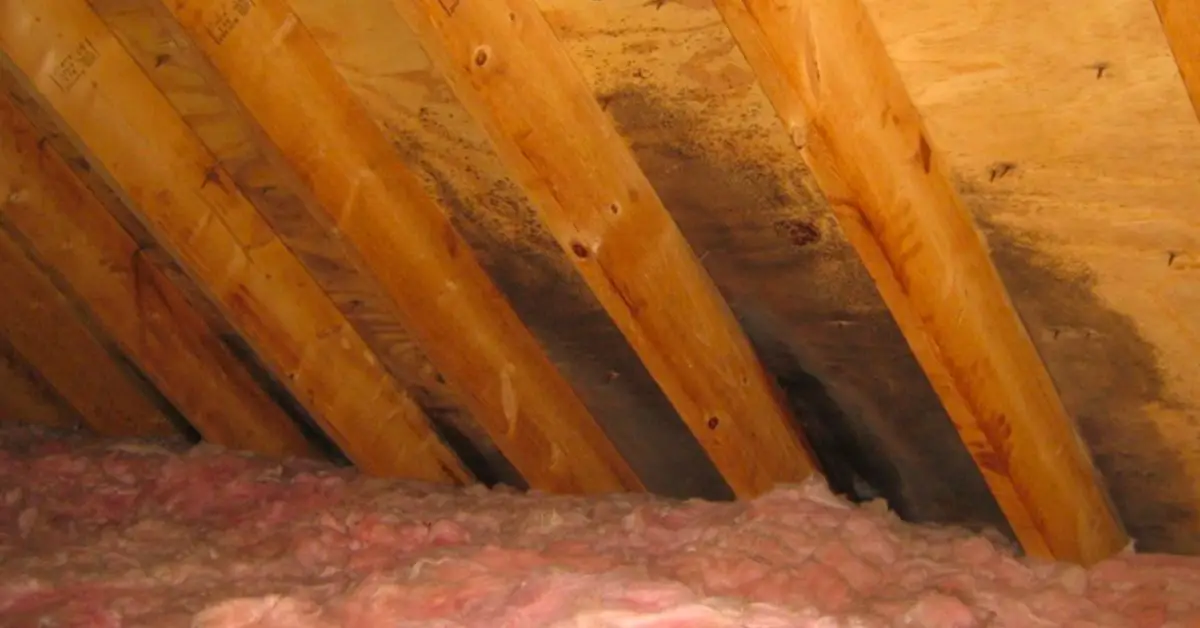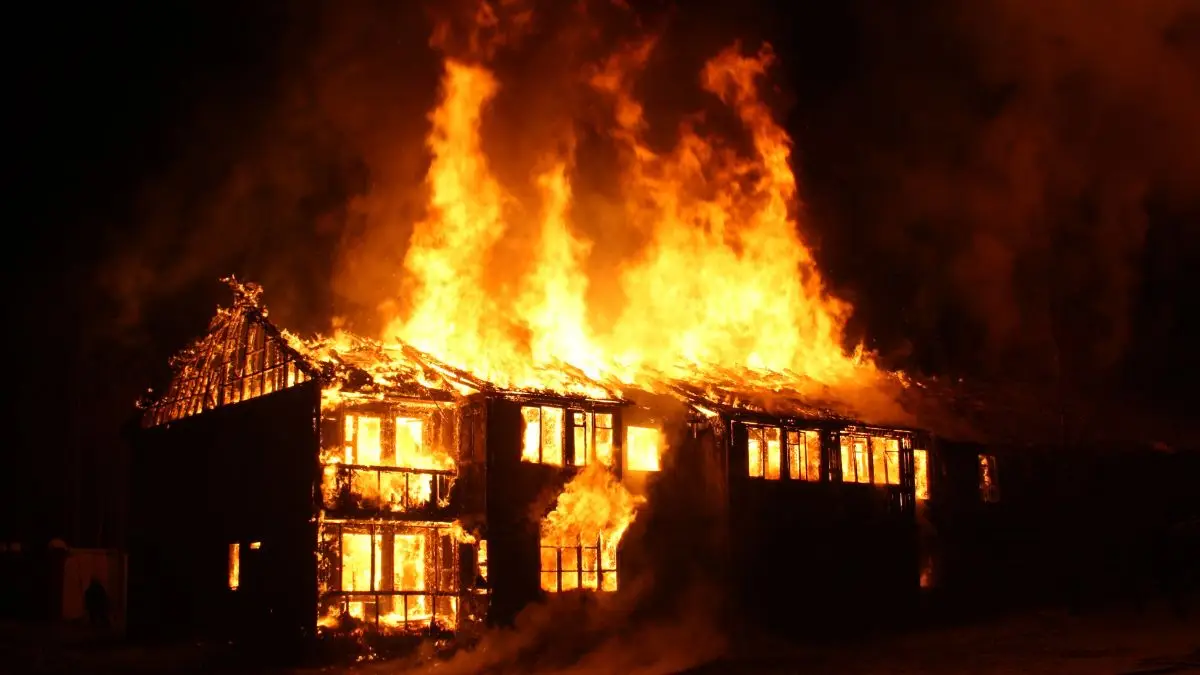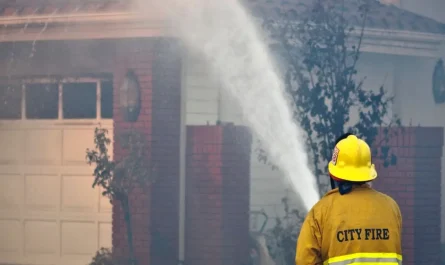7 Sneaky Air Leaks in Your Home (and How to Fix Them Quickly)
It’s likely that your house has some inconspicuous air leaks if you’ve ever experienced a sudden chill near a window or observed your energy bills rising without apparent cause. I know because those small spaces near windows, doors, or even outlets can steal your money and comfort.
Fixing these leaks can help you take charge of your home’s energy use and improve the comfort of your living area every day, not only keep warm or cold air inside. Repairing air leaks can prevent drafts, lower noise levels, and even enhance air quality by preventing dust and allergens from entering.
I’ll go over the ten most typical locations where air leaks can be found in this post and offer quick, easy fixes. By the conclusion, you will know how to increase the efficiency of your house without going over budget or hiring a speed dial expert. Are you prepared to reduce drafts and conserve energy? Let’s begin.
1. Windows and Doors Easy Draft Sources
Typically, air enters through windows and doors first. Drafts are frequently seen near thresholds, door frames, and window panes. Because of these leaks, rooms may feel hotter or colder than they should.
The good news is that these areas can typically be sealed quickly and affordably. It can make a significant impact to replace damaged seals, install weatherstripping on door edges, or apply caulk to minor crevices. Choose materials that are both long-lasting and reasonably priced.
Fixing leaks here provides you with immediate comfort and lowers your energy costs because windows and doors are easily accessible.
For comprehensive, step-by-step instructions, see our guide on caulking air leaks around doors and windows.
2. Attic and Ceiling Leaks Hidden Energy Wasters
Your efforts to heat or cool your attic may be secretly drained by leaks. Gaps next to vents, wire holes, and attic hatches are common locations that are frequently overlooked.
Spray foam, stiff insulation, or attic tents are excellent choices for sealing them. Indicators of leakage include dust accumulation around attic entrances and irregular room temperatures.
Pro tip: To identify moving air on a windy day, use incense sticks to do a smoke test close to attic openings. Attic leaks can also lead to the building of ice dams in the winter. To avoid expensive damage, have a look at these professional roof protection tips for winter.
Since the attic is a significant source of heat gain and loss, effectively sealing it can significantly increase the energy efficiency of your house.
3. Electrical Outlets and Switches Overlooked Draft Sources
Unbelievably, switches and outlets are popular places for drafts to sneak in. Try holding an incense stick next to the outlet or switch plates to find leaks; if the smoke wanes, air is passing through. If you have access to thermal imaging, it can also show these concealed drafts.
Installing foam gaskets under outlet covers and caulking or spray foam to seal the gaps surrounding junction boxes are easy and affordable fixes. These supplies are readily available at any hardware shop and don’t call for specialized knowledge.
Despite their modest size, these gaps can accumulate and result in detectable drafts. One easy and low-effort method to increase comfort is to fix them.
4. Plumbing and Utility Penetrations Small Holes, Big Leaks
Every HVAC penetration, dryer vent, and pipe has the potential to leak. These tiny openings allow air to readily pass through, increasing the effort required for heating or cooling.
Use weatherproof gaskets made for utility penetrations, spray foam, or fire-resistant caulks to properly seal these. Sealing these places not only stops drafts but also keeps moisture and pests out of your house.
Although these areas are sometimes disregarded in do-it-yourself renovations, sealing them is essential to preventing undetected energy loss and safeguarding the structural integrity of your house.
This energy-saving handbook is a great resource for more thorough guidance on sealing these challenging places.
5. Basement and Rim Joists Foundation Drafts
Where your foundation walls meet the framing—known as rim joists—leaks frequently occur. The presence of dampness or cold drafts close to your basement walls indicates that these openings need to be sealed.
Depending on the size of the gap, common methods for sealing these spaces include caulk, rigid foam board, and spray foam. In addition to making your house more comfortable, proper basement sealing lowers the chance of mold growth and structural damage by regulating moisture.
The good news is that fixing foundation leaks is an affordable approach to increase your home’s overall efficiency, even though they cause significant discomfort and energy loss.
6. Recessed Lighting Fixtures Drafty Lights?
Although recessed or can lights are in style, they may be a concealed source of air leaks, particularly if they are not airtight. Gaps around these fittings allow air to easily enter your attic or ceiling region.
This can be resolved by adding insulation around the fixtures and fitting airtight covers made especially for recessed lights, all the while adhering to safety regulations to avoid overheating.
These lights are ubiquitous in contemporary homes and frequently disregarded, despite being the main source of drafts and energy waste.
7. Dryer Vents and Exhaust Fans Functional Leak Points
Although exhaust fans and dryer vents are designed to move air, improper sealing can allow undesired drafts to enter. Gaps around the vent flaps or where the ductwork goes through the wall are common places for leaks.
Using foam tape, exterior caulk, or vent covers to fill the gaps while preserving the vent’s functionality is a fast remedy. When not in use, just make sure the flap closes completely.
Additionally, don’t forget to keep trash and lint out of vents. This lowers the risk of fire and avoids moisture accumulation in addition to increasing efficiency.
When sealing projects, functional vents are sometimes overlooked, yet repairing them increases energy efficiency without obstructing necessary circulation.
See this dryer vent sealing guide for a detailed method on how to safely seal dryer vents.
Detecting Hidden Air Leaks Simple Techniques
Not every leak is readily apparent. They can occasionally be hidden beneath ceilings, walls, or in areas you don’t often visit. Using an incense stickwatch to detect any waning smoke near suspected locations is an easy method of locating them. Thermo cameras, if available, can detect temperature variations that indicate leakage.
Making smoke test using a candle or incense on a windy day with windows closed and fans off is a low-cost do-it-yourself option.
If you’re still not sure, think about hiring a professional home energy audit specialist. They can identify leaks using technologies like infrared imaging and blower doors.
The first step in repairing leaks is identifying them. You can stop squandering energy and take focused action once you know where air is leaving.
Tools and Materials Checklist for Effective Air Sealing
Assemble the necessary equipment before beginning to seal. Here is a brief checklist to help the process go more smoothly:
-
Caulk and caulking gun
for small gaps -
Spray foam insulation
for larger cracks and holes -
Weatherstripping
for windows and doors -
Foam gaskets
for outlets and switches -
Thermal camera or incense sticks
for leak detection
You won’t need to pause your project in the middle to buy missing items if you are prepared. Your labor is more efficient, quicker, and cleaner when you have the proper tools.
Maintenance Tips Keep Your Home Airtight Year-Round
Air sealing is not a one-time task that should be ignored. Materials may deteriorate, fracture, or change over time. Ideally, you should plan inspections twice a year to stay ahead of issues.
To keep warm air in, inspect the seals around windows, doors, and attic hatches prior to winter. To prevent cold air from escaping during the summer, ensure sure fans, vents, and attic spaces are shut.
Watch forsigns you need to reseal: visible cracks in caulk, peeling weatherstripping, or feeling drafts where there shouldn t be any.
Regular inspections keep your house pleasant all year round, reduce energy costs, and stop reoccurring issues.
When to Call a Professional
Some air leaks are tricky or risky to handle yourself. Complex gaps aroundHVAC systems, chimneys, or large structural penetrations often require special tools and expertise. If you suspect the problem might be linked to your heating or cooling system s performance, it s worth learninghow to know your HVAC system needs repairs fastbefore sealing, so you re not covering up a bigger issue.
If the job involveselectrical componentsorfire-rated materials, professional handling is not just safer it s often required by building codes.
Knowing when to bring in an expert ensures your home is sealed properly, safely, and up to standard. It also saves time and prevents costly mistakes.
Wrap-Up Take Action Today for a Cozier, Energy-Efficient Home
We ve covered the most common places air sneaks into (or out of) your homewindows and doors, attic gaps, outlets, plumbing penetrations, basement joints, recessed lighting, dryer vents, and a few bonus tips for detection and maintenance. Each one may seem small on its own, but together, they can add up to serious energy loss.
The sooner you seal them, the sooner you ll enjoy a warmer winter, a cooler summer, and lower utility bills all without sacrificing comfort.
Every day you wait is more money lost in wasted energy. If you re upgrading your home s efficiency, consider pairing air sealing with energy-smart systems likemini split systemsfor even greater comfort and savings. Start with one or two easy fixes today, and you ll be surprised at the difference.
I d love to hear from you:Which air leak spot do you think is the biggest problem in your home? Drop your thoughts in the comments below.
Want more practical, step-by-step guides?VisitBuild Like Newfor more tips to make your home efficient, durable, and comfortable.
Disclaimer:The information in this article is for general guidance and educational purposes only. While every effort has been made to ensure accuracy, results may vary depending on your home s condition and materials used. Always follow manufacturer instructions and local building codes. For complex or high-risk projects especially those involving electrical systems, structural elements, or fire-rated assemblies consult a licensed professional.
Table of Contents
-
1. Windows and Doors Easy Draft Sources
-
2. Attic and Ceiling Leaks Hidden Energy Wasters
-
3. Electrical Outlets and Switches Overlooked Draft Sources
-
4. Plumbing and Utility Penetrations Small Holes, Big Leaks
-
5. Basement and Rim Joists Foundation Drafts
-
6. Recessed Lighting Fixtures Drafty Lights?
-
7. Dryer Vents and Exhaust Fans Functional Leak Points
-
Detecting Hidden Air Leaks Simple Techniques
-
Tools and Materials Checklist for Effective Air Sealing
-
Maintenance Tips Keep Your Home Airtight Year-Round
-
When to Call a Professional
-
Wrap-Up Take Action Today for a Cozier, Energy-Efficient Home




